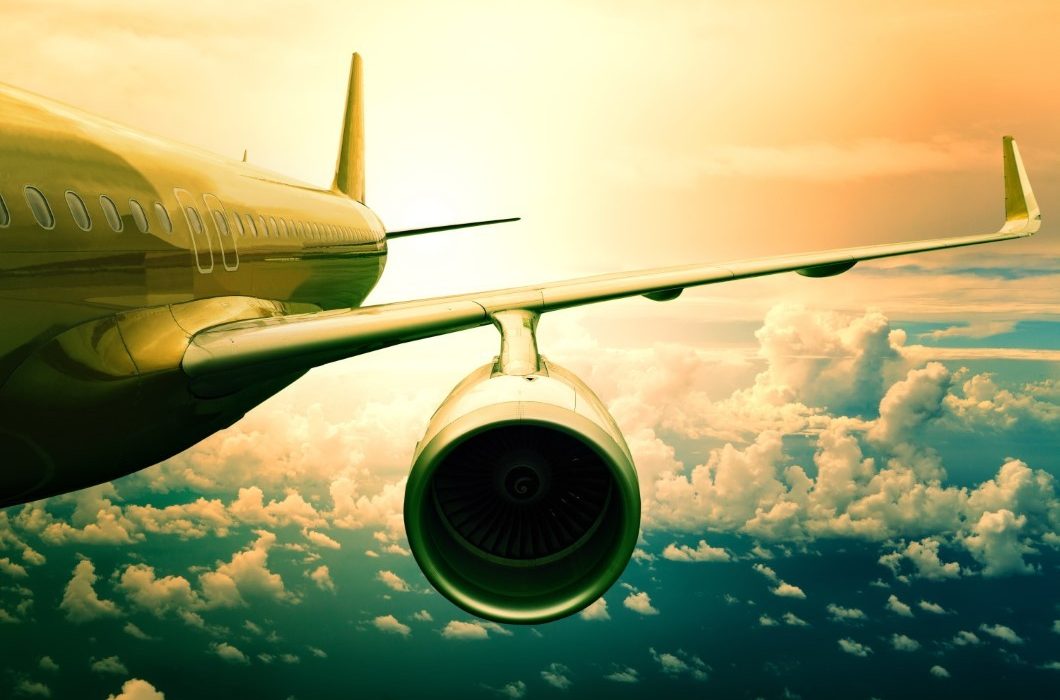
You might also like:
The top four Brazilian airlines registered a loss of about US$ 480 million in the second quarter of 2018, compared to the negative US$ 255 million in the same period last year.
The information was provided by the National Civil Aviation Agency (ANAC) and, considering the performance of the first half, the annual loss was US$ 370 million – 62% higher than in the same period of 2017.
Comparing both years, the margin net of the top four Brazilian air carriers went from -5.4% to -7.6% in the first half, and from -12.5% to -20.3% when only considering the second quarter.
Actually, in the second quarter of this year, Azul had a net loss of R$ 186,4 million and a margin net of -9.3%; Gol’s net loss was R$ 988,3 million, with a margin net of -44.6%; Latam Airlines had R$ 464,9 million, with a margin net of -12.9%; and Avianca had R$ 141,1 million and a margin net of -15%.
The period’s macroeconomic context was marked by new highs in the indicators attached to the most significant airline-related costs: fuel price and exchange rate. In an upward trend, the jet fuel price per liter, which accounted for about 30% of the operating costs and expenses of airlines during this period, increased 34.1% compared to same three months of 2017, according to ANAC.
In turn, the upsurge in the exchange rate was 12.2%, based on the average obtained from April to June, compared to the same period last year. The value of the dollar has an impact on fuel costs, leasing, maintenance and aircraft insurance, which, in the second quarter of 2018, corresponded approximately to 49% of total costs and expenses registered by air carriers.
Nevertheless, the operation net income of Azul, Avianca, Gol and Latam grew 15.1% until the second quarter of 2018, compared to the same period of 2017. On the other hand, the cost of services provided by these four Brazilian airlines increased by 18.9%.
“Therefore, with the percentage increase in costs being higher than the revenue growth, the combined gross profit of Brazilian airlines dropped 8.5%,” says ANAC.
Source: tourism-review.com
